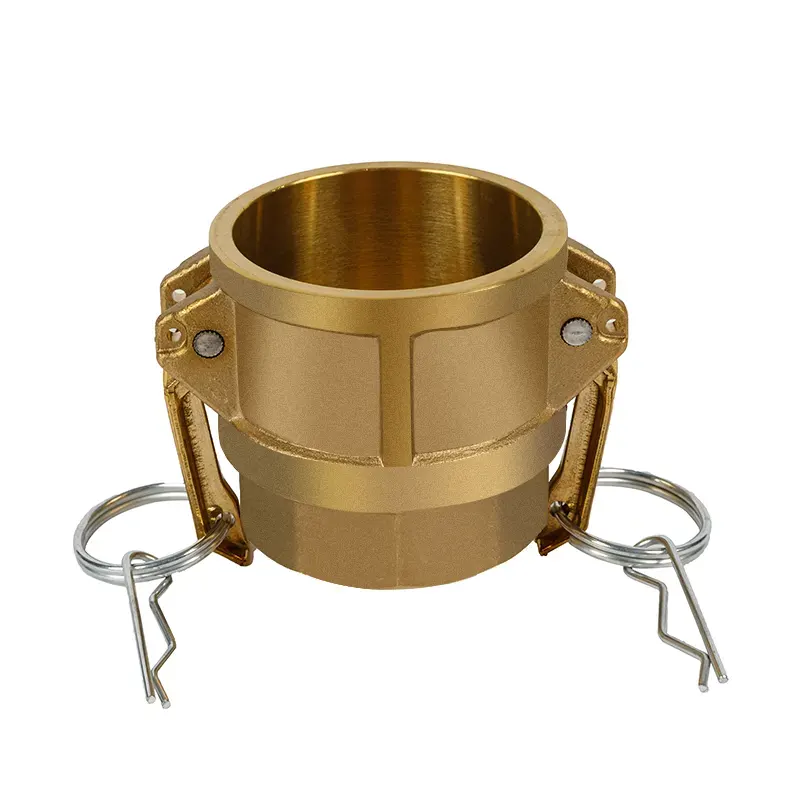
- English
- Español
- Português
- русский
- Français
- 日本語
- Deutsch
- tiếng Việt
- Italiano
- Nederlands
- ภาษาไทย
- Polski
- 한국어
- Svenska
- magyar
- Malay
- বাংলা ভাষার
- Dansk
- Suomi
- हिन्दी
- Pilipino
- Türkçe
- Gaeilge
- العربية
- Indonesia
- Norsk
- تمل
- český
- ελληνικά
- український
- Javanese
- فارسی
- தமிழ்
- తెలుగు
- नेपाली
- Burmese
- български
- ລາວ
- Latine
- Қазақша
- Euskal
- Azərbaycan
- Slovenský jazyk
- Македонски
- Lietuvos
- Eesti Keel
- Română
- Slovenski
- मराठी
- Srpski језик
How to choose a diaphragm coupling for industrial equipment?
2025-02-28
Industrial equipment is a wide range, covering a variety of equipment from heavy machinery to high-precision instruments. Couplings, as one of the common components in industrial equipment, are often used to connect different shafts together so that different equipment can work together. However, when choosing a suitable coupling, various factors need to be considered to ensure its normal operation and extend its life. Among them, diaphragm couplings have become one of the couplings of choice for many industrial equipment because of their following advantages:
High torque transmission capacity
The diaphragm coupling uses a metal diaphragm as the core component, which can have a large flexible deformation during torsion, thereby reducing inter-axis vibration and vibration during torque transmission, allowing it to transmit greater torque and is suitable for industrial equipment under high load conditions.

Good coaxiality and eccentricity adaptability
Since the diaphragm coupling itself has a large flexibility, it has very good coaxiality and eccentricity adaptability, and can tolerate large inter-axis deviations, thereby avoiding vibration and noise problems caused by small deviations in the relative position between the shafts.
High-precision positioning and transmission capability
The metal diaphragm, the core component of the diaphragm coupling, has been precisely designed and manufactured with very high precision and reliability. It can achieve high-precision inter-axis positioning and transmission, and is suitable for industrial equipment that requires high-precision positioning and transmission.
Good wear resistance and corrosion resistance
The diaphragm coupling is made of high-quality metal materials, has good wear resistance and corrosion resistance, can adapt to complex conditions in industrial environments, and extend the life of the coupling.
Therefore, the following factors should be considered when choosing a diaphragm coupling suitable for industrial equipment:
Torque requirements
First, you need to understand the torque required by the equipment to select the appropriate diaphragm coupling model.
High speed requirements
If the equipment needs to rotate at high speed, you need to choose a diaphragm coupling with good balance and high speed capability.
Environmental factors
Environmental factors include working temperature, humidity, corrosiveness, etc. It is necessary to select materials with good wear resistance and corrosion resistance to ensure the life of the coupling.
Bearing spacing
Different coupling models have different bearing spacings, which need to be selected according to the wheelbase of the equipment to ensure that the coupling can correctly connect the two shafts.
Installation method
There are two installation methods for diaphragm couplings: parallel and angle offset. You need to select the appropriate coupling model according to the connection method of the equipment.
Vibration resistance
If the working environment of the equipment is relatively harsh, you need to choose a diaphragm coupling with good vibration resistance to prevent abnormal wear and damage caused by vibration.



